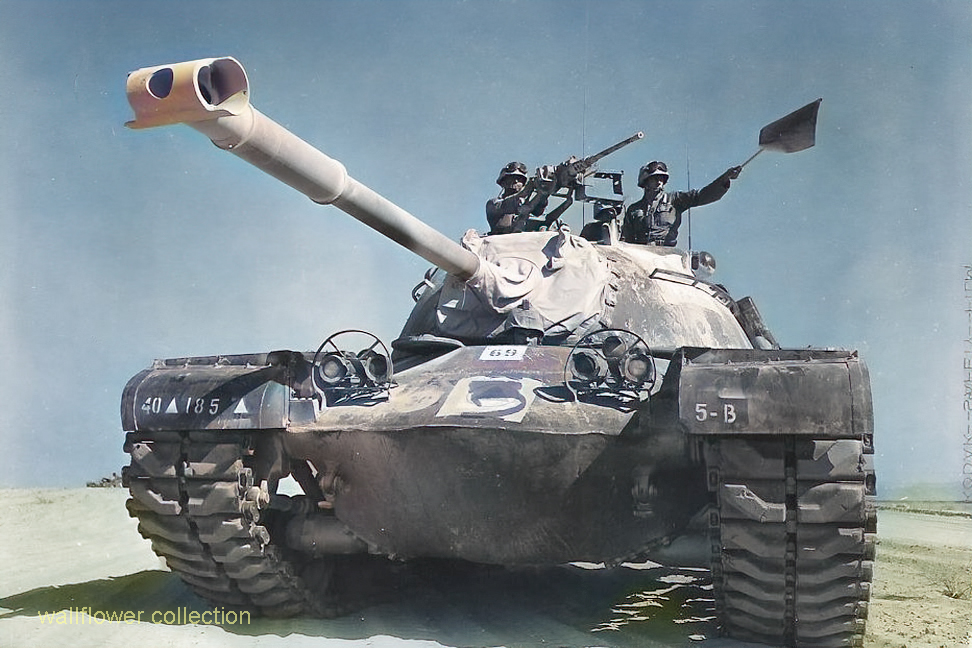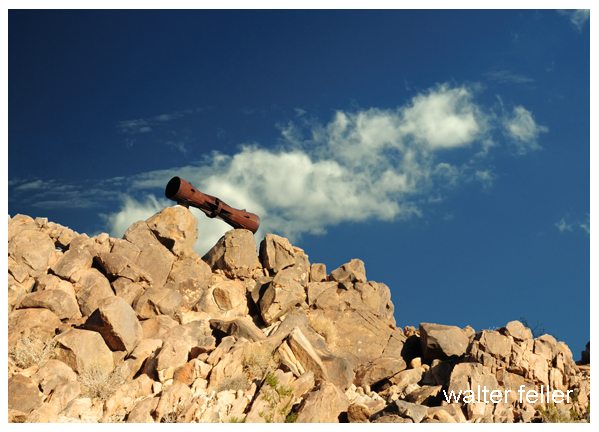Introduction
Historic Fort Mojave, located along the Colorado River in Arizona, is a landmark of significant historical and cultural importance. Established in 1859 by the United States Army, the fort served multiple roles, from protecting settlers and travelers to acting as a military stronghold during the turbulent times of the Indian Wars and the American Civil War. The fort’s history reflects the broader narrative of westward expansion, conflict, and cultural change in 19th-century America.
Establishment and Strategic Importance
Fort Mojave was strategically situated on the east bank of the Colorado River, near present-day Fort Mojave in Mohave County, Arizona. Its creation was primarily driven by the need to safeguard settlers and travelers navigating the perilous Mojave Road, a crucial route connecting the east and west coasts. The fort’s location was pivotal, offering a military advantage in a region where control over territory was contested by various Native American tribes, particularly the Mojave tribe.
The fort’s initial garrison faced daunting challenges, including harsh desert conditions, extreme temperatures, and limited water resources. Despite these adversities, Fort Mojave emerged as a critical outpost in the United States’ efforts to secure its expanding frontiers. During the Indian Wars, the fort played a key role in military operations aimed at pacifying and relocating Native American tribes, a mission fraught with conflict and complexity.
Role During the Civil War
During the American Civil War, Fort Mojave’s strategic value increased. It served as a vital supply depot and base for Union forces operating in the Southwest. The fort’s presence ensured Union control over a vast and remote region, deterring Confederate incursions and maintaining supply lines crucial for the war effort. This period marked the fort’s peak in military significance, as it became a hub of logistical and operational activity in a largely unsettled frontier.
Garrison Life and Economic Impact
Life at Fort Mojave for soldiers and their families was a mix of military routine and adaptation to the harsh desert environment. Daily activities included drills, patrols, and maintaining the fort’s infrastructure. The soldiers’ resilience in extreme conditions is a testament to their determination and discipline. The fort also acted as a catalyst for local economic development. The influx of soldiers and associated personnel brought economic activity to the area, fostering the growth of nearby settlements and creating a foundation for future community development.
Decline and Post-Military Use
As the Indian Wars subsided and the American frontier became more settled, Fort Mojave’s military importance waned. By 1890, the fort was officially abandoned by the military. However, its legacy continued as the site found new life in various civilian roles. Notably, it was repurposed as a reservation school for Native American children, symbolizing a shift from conflict to education and cultural integration.
Establishing the Fort Mojave Indian Reservation further ensured the preservation of the site’s historical and cultural significance. The reservation, which spans Arizona, Nevada, and California, has become a vibrant community engaged in agriculture, gaming, and tourism. Efforts to preserve and interpret the history of Fort Mojave include historical markers and exhibits, which provide educational opportunities for visitors and honor the fort’s complex past.
Cultural and Historical Significance
Fort Mojave is a significant cultural heritage site for the Mojave tribe and other Native American communities. It embodies a period of dramatic transition, reflecting the broader themes of westward expansion, military strategy, and cultural interaction in American history. The fort’s preservation efforts underscore the importance of remembering and understanding this chapter of the American frontier.
Conclusion
Historic Fort Mojave is more than a relic of military history; it is a symbol of the enduring legacy of the American West. From its establishment as a frontier defense outpost to its role in the lives of Native American communities, Fort Mojave offers a window into the complex and often contentious history of the 19th-century American frontier. Its story is a testament to resilience, adaptation, and the enduring significance of cultural heritage in shaping our understanding of the past.



